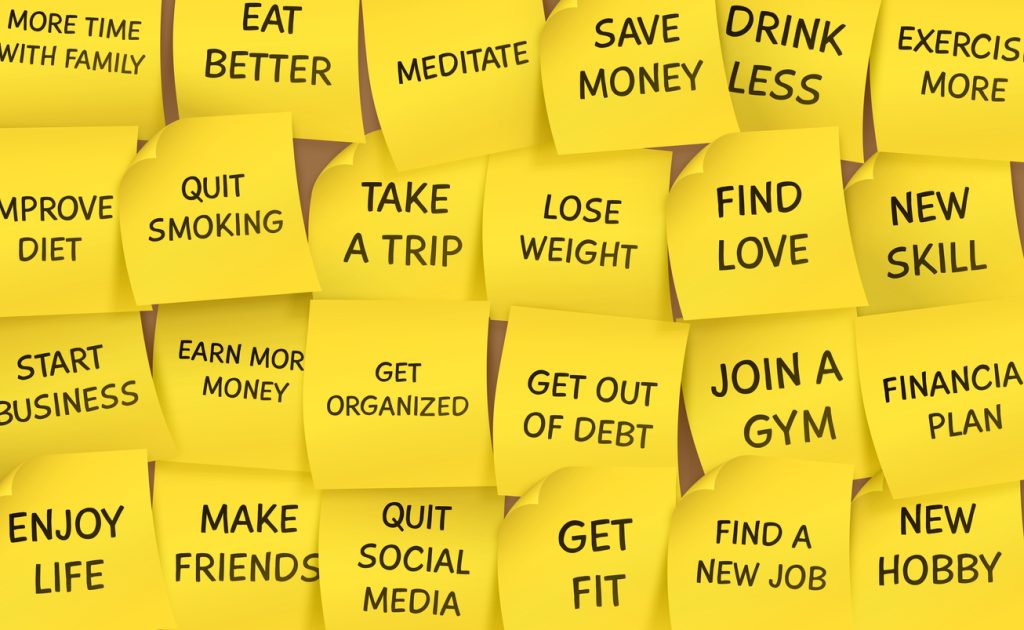Happiness is hard work. It takes willpower and practice to develop habits that make a life work well; it takes conscientiousness to build flourishing relationships; it takes self-reflection to know what we value and, therefore, where to spend our precious time and energy.
So instead of wishing you a Happy New Year today, I’d like to show you how you can build yourself a strong, resilient New Year… The happiness is what you’ll earn from the doing.
There are three specific elements I’ll show you today. Let’s start with Learned Optimism.
First let me define what I mean by optimism: It isn’t about ignoring harsh realities and pretending things are great, when they’re not. Optimism is a pro-active, problem solving approach to the obstacles and opportunities we’re faced with.
An optimist is more likely to find solutions, because they’re actively looking for them. A pessimist is more likely to feel helpless and overwhelmed, because they’re actively looking for reasons that any given solution won’t work.
Optimists are more likely to succeed at work, school, and relationships, and may live 8 years longer than pessimists. They tend to do better after experiencing adversity, to bounce back stronger; while pessimists tend to do more poorly after adversity, to take longer to get their feet back underneath them.
So the benefits for living more optimistically are huge. And, fortunately, it’s also an element of our personality that’s easily available to change – with some work, of course. Here’s one way to work on this:
A. When you find yourself looking at an event from a pessimistic perspective, first identify the adversity – whatever the situation is that is causing you trouble: “My wife and I are having an argument,” for example.
B. Then identify the belief that brings you to be feeling badly, “We’re always arguing; she never understands me; I just can’t express myself ever in a way that seems to work.”
C. Then notice what the consequence of that belief is: “I feel awful, I feel hurt and angry, I feel afraid of the conflict; I have a sense of despair over how our relationship is going.”
D. The next step is disputation, challenging this belief that is bringing you to feel badly: “Wait a minute. I love my wife, and she loves me. We are not always arguing, if I added it up, we probably argue a tiny fraction of the time we have been together. She actually understands me quite well most of the time, and soon we will understand each other again. Maybe there’s a way I can help to bring that about.”
Practice this – a lot. It will not always come out perfectly, and there will likely be times when it is extremely hard to bring yourself to do this. But the more you practice this the more an effective, optimistic stance will come naturally for you.
The next element is to de-catastrophize.
When we’re faced with a challenge of some kind, hoping for the best isn’t likely to be our best approach; but neither is assuming the worst. When our tendency is to expect the worst-case scenario when trouble presents itself, it weakens us.
We’re more likely to feel helpless and overwhelmed, less likely to succeed, and more likely to struggle – including suffering from post-traumatic stress disorder after a traumatic situation.


Recent Comments